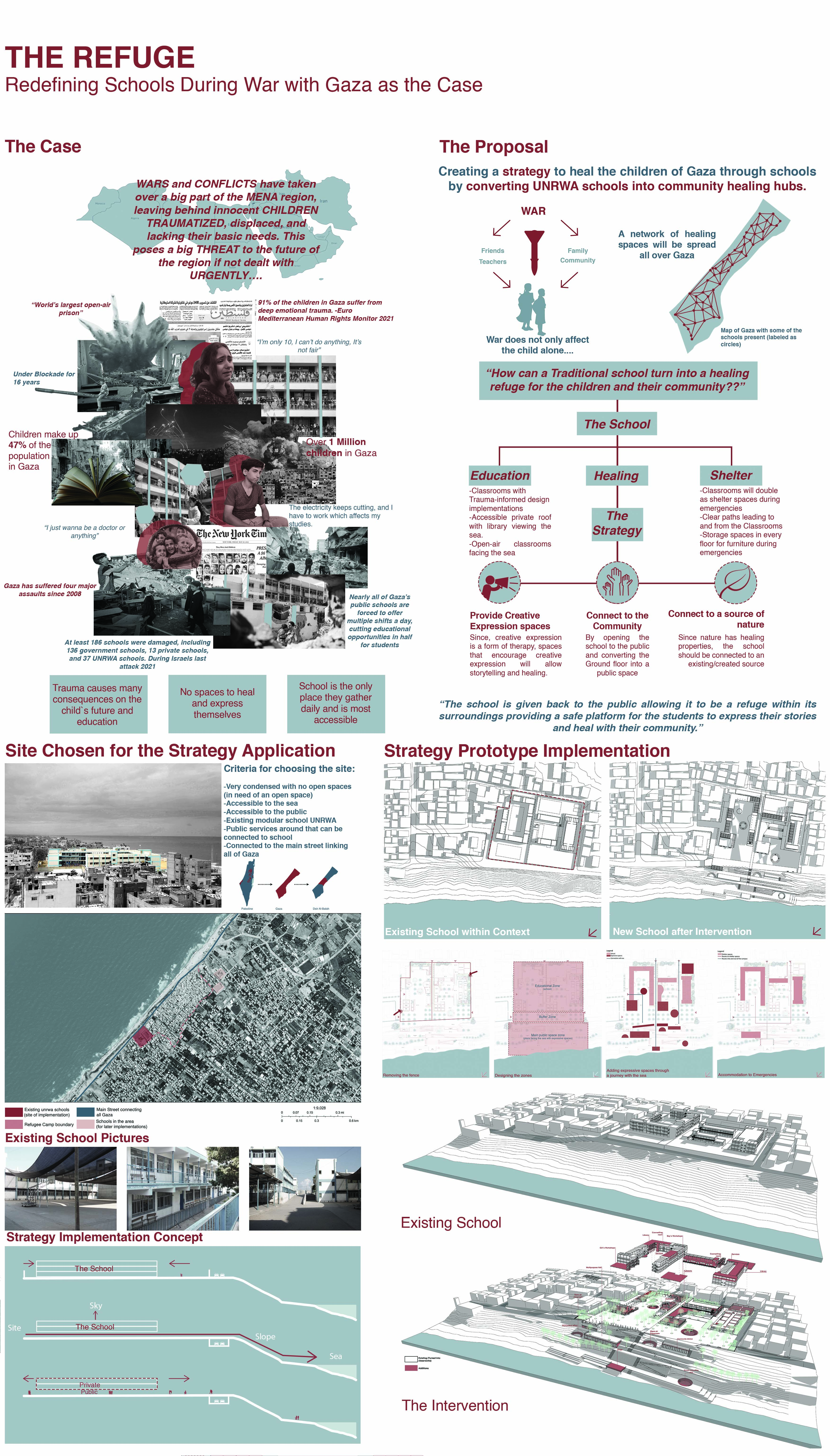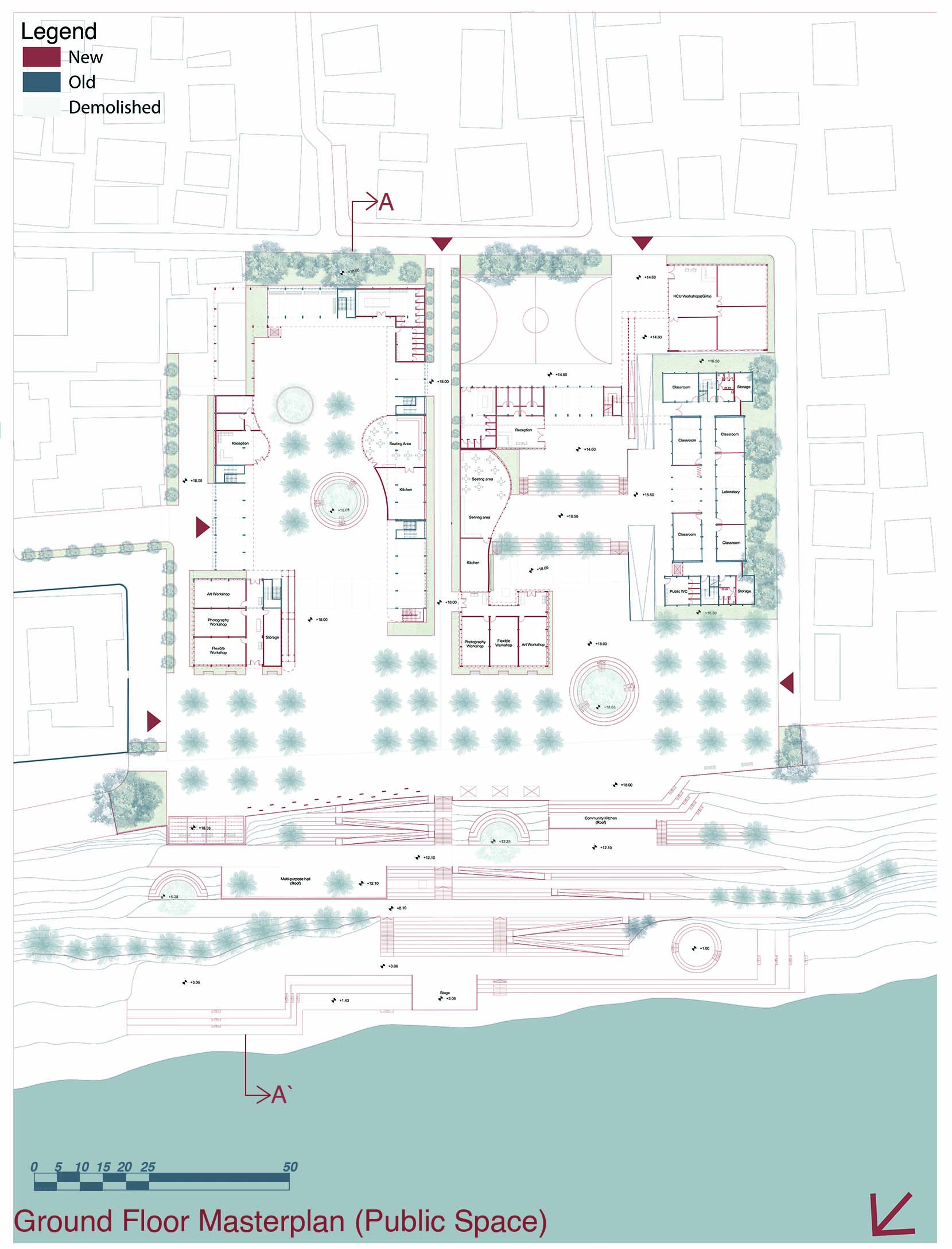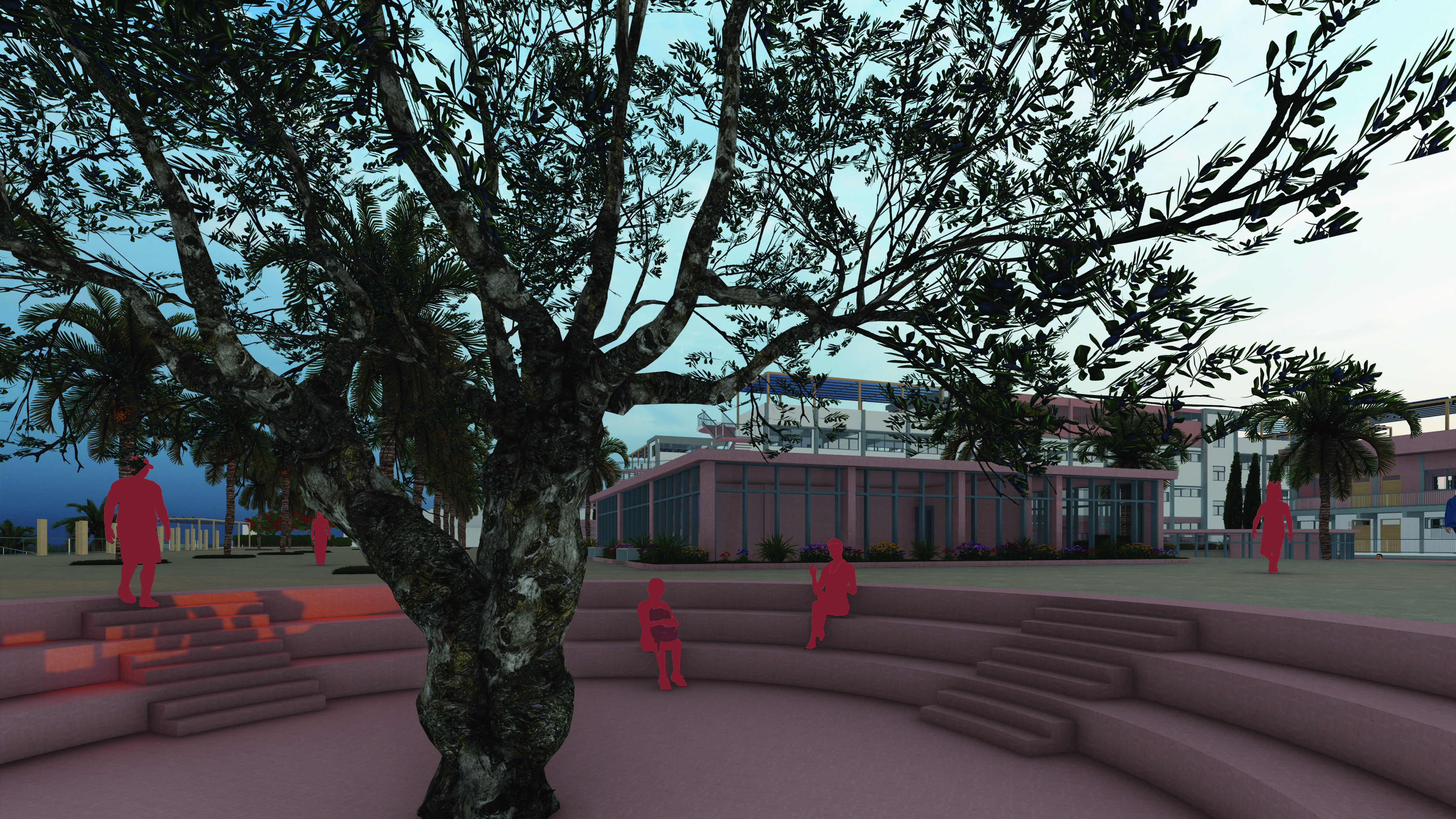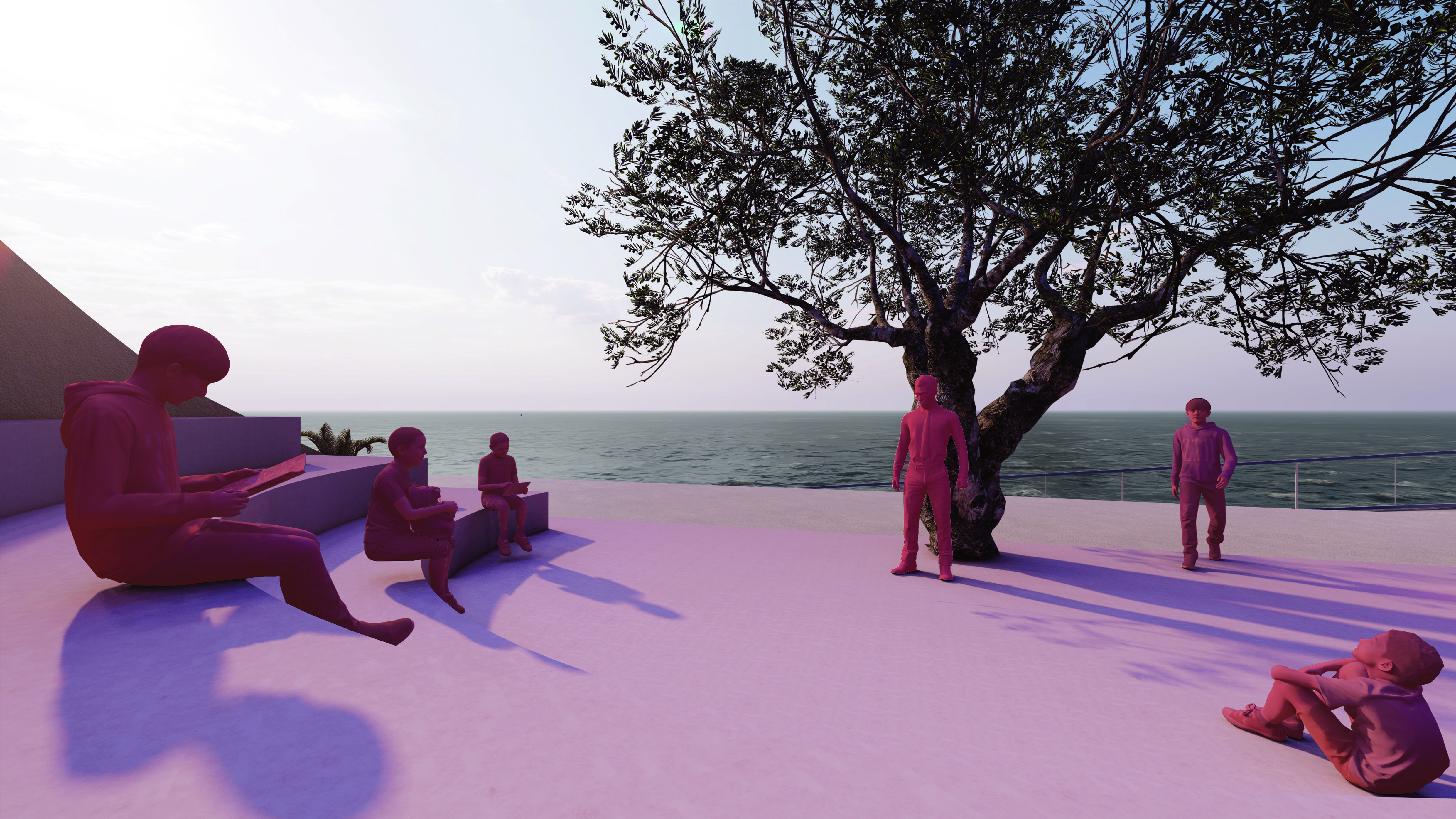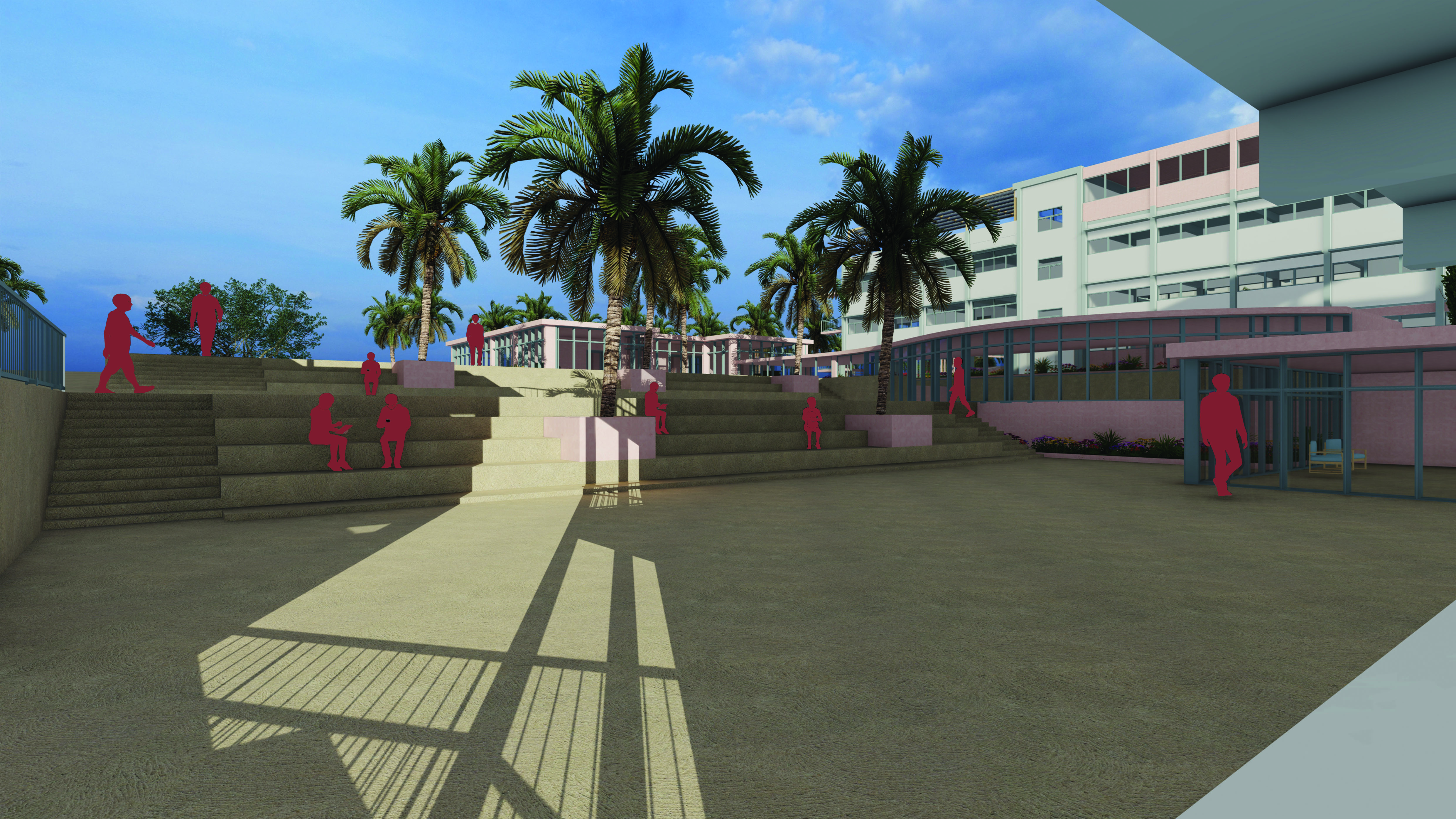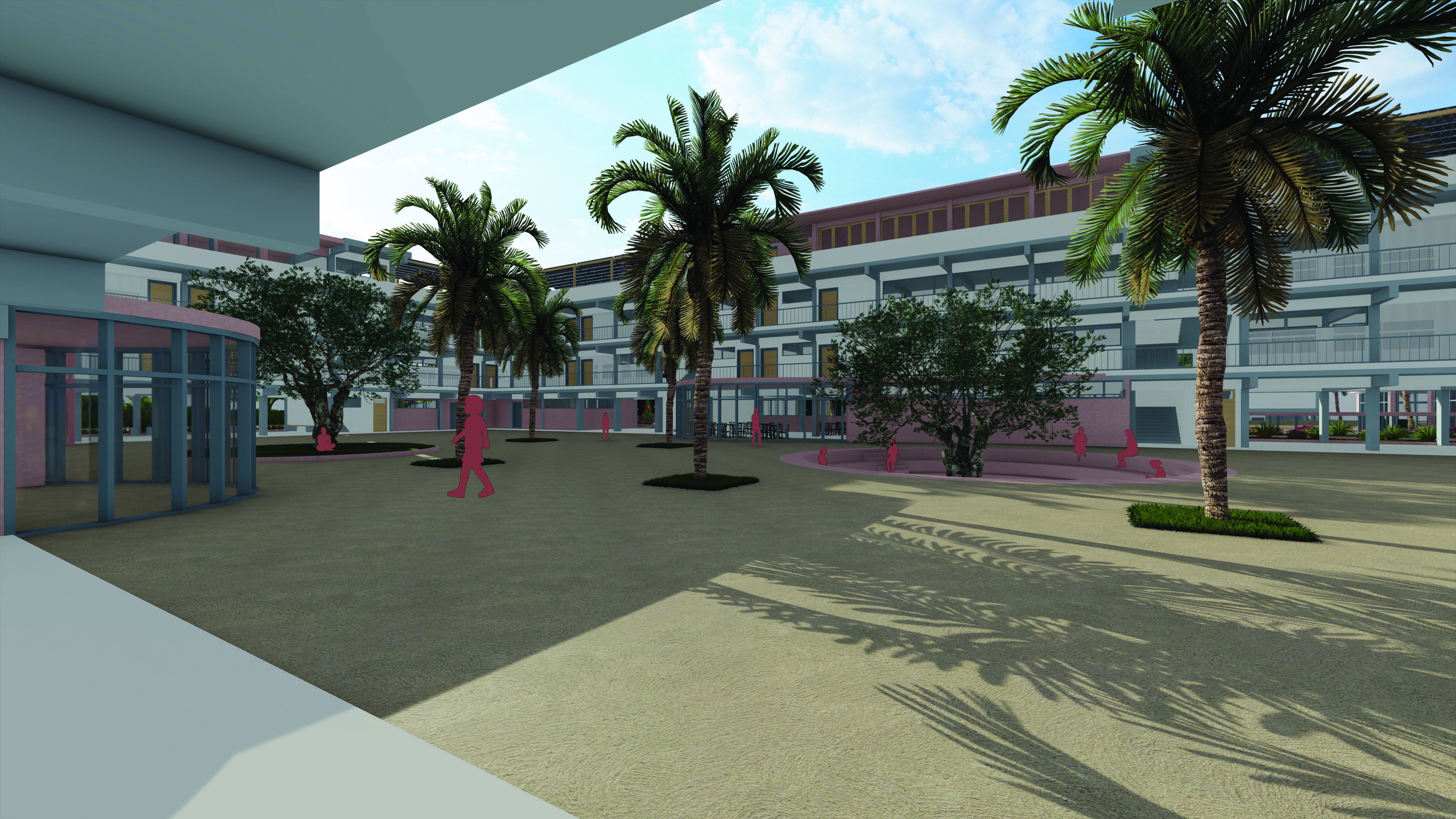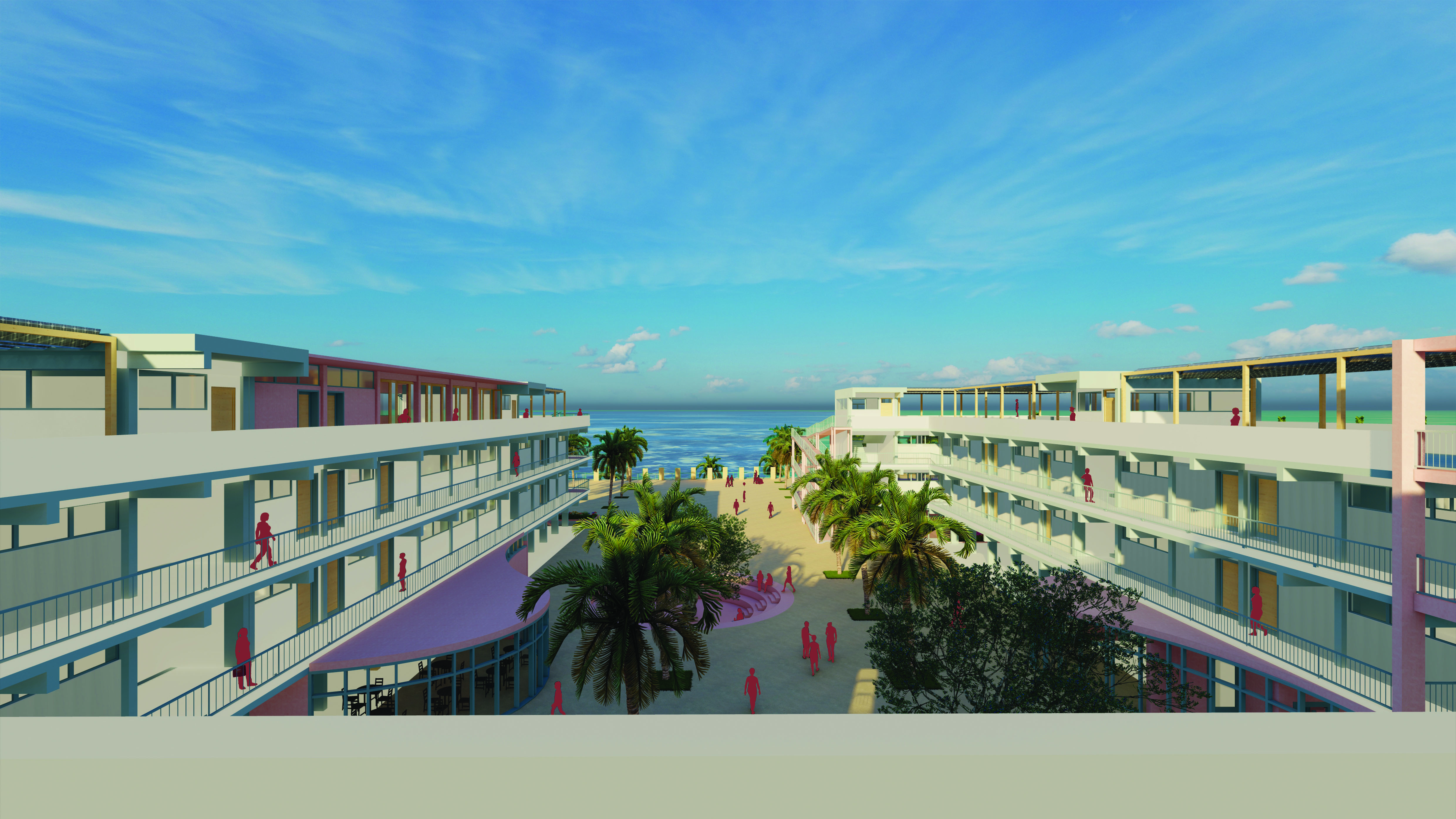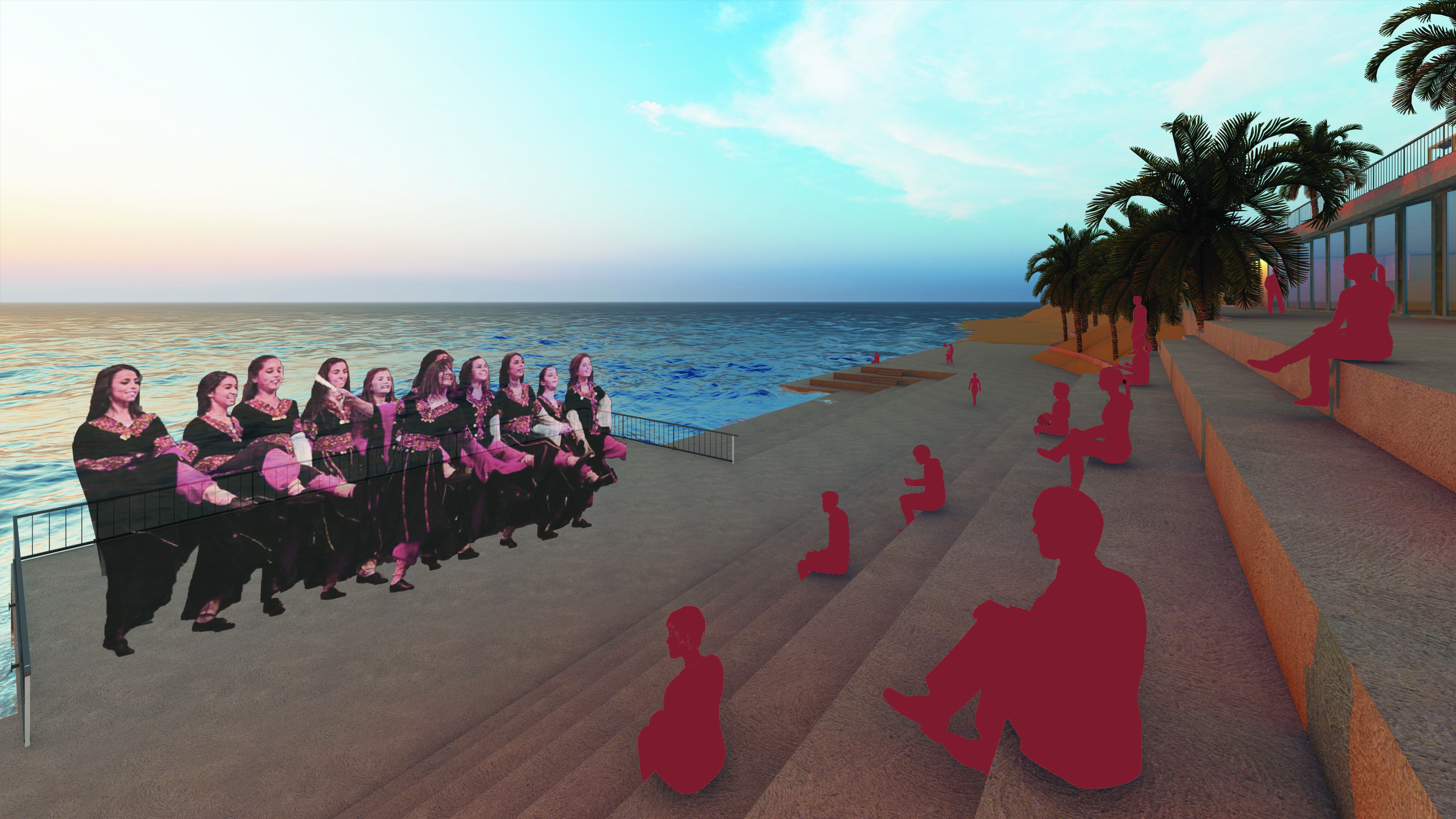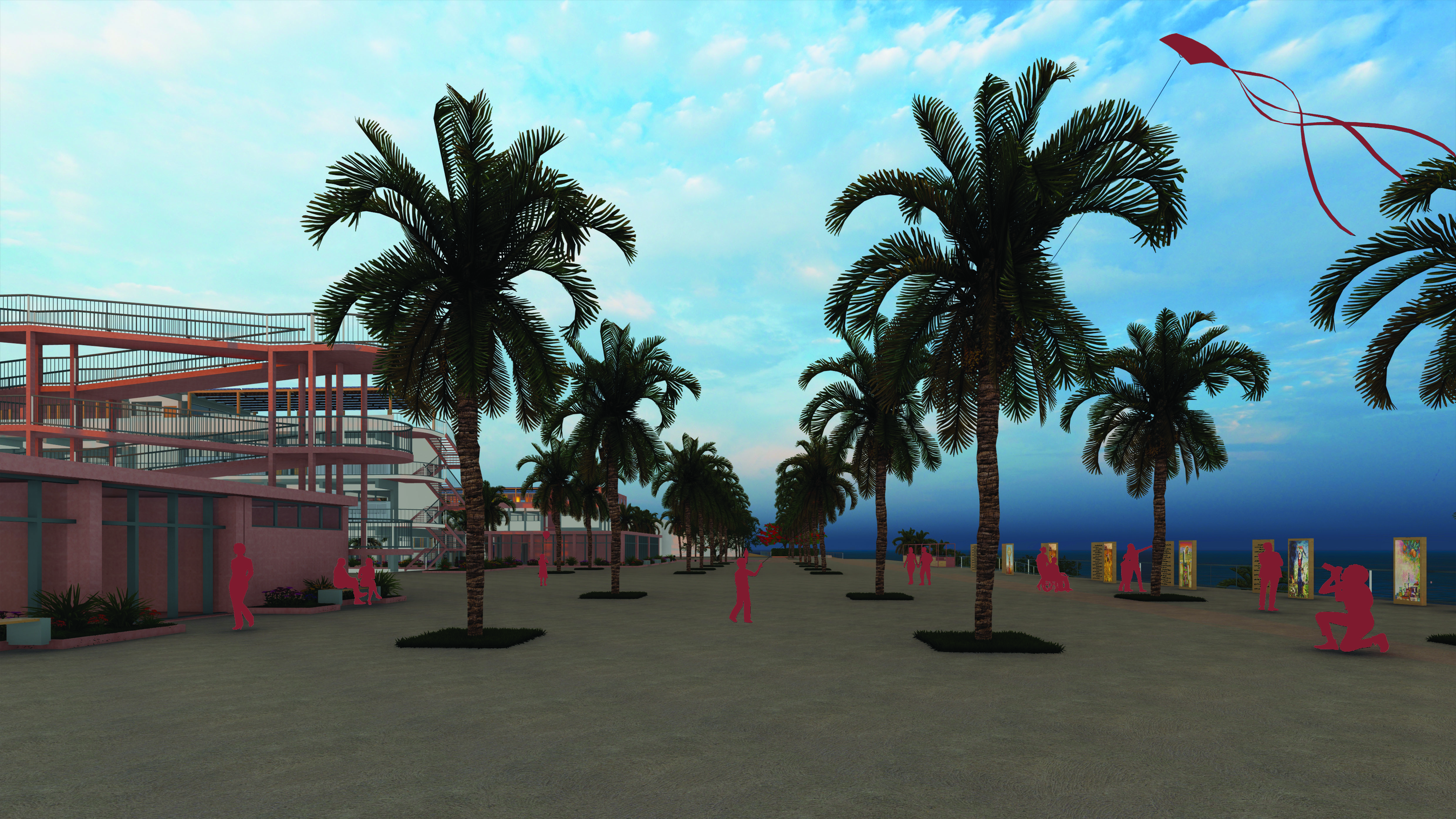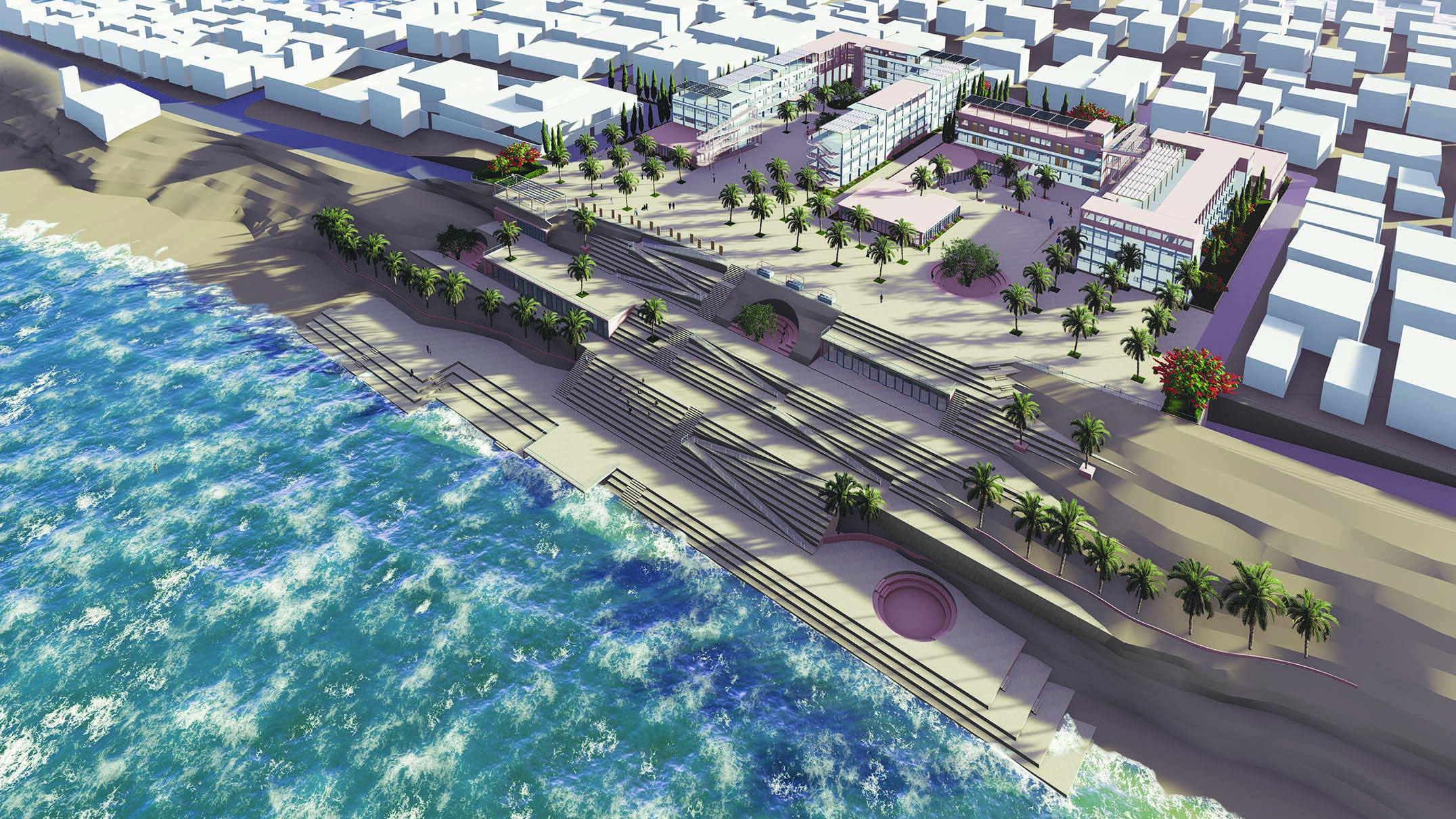Imagine living with the threat of bombing at any second, having lived through 5 main wars and been blocked for 17 years by air, sea, and land. Imagine living in a city that is labeled as the ‘world’s largest open-air prison’. Imagine seeing death, violence, losing a home or a family member in a blink of an eye, and many other horrors at a very young age. This is the life of over 1 million children who make up 47% of Gaza. 91% of these children suffer from Trauma after the assaults of May 2021 (Euro-Med Human Rights Monitor). This causes many consequences that affect the children’s future and education negatively. Due to the Living conditions in Gaza, there are limited spaces for the children to heal and express themselves, with the school as the most likely space to gather. This makes the school building a very strategic space to heal the children and as a result, improve their education and future.
There are multiple UNRWA schools across Gaza making it a good choice for the intervention especially since it is based on a modular prototype and is used as a shelter during emergencies. The problem is that these schools were designed as a fast solution to educate the Palestinian refugees escaping to safe countries, but not for Gaza’s specific context where it faces constant assaults.
This leads to the question of how a traditional UNRWA school can become a healing refuge for the children.
I am proposing a strategy to heal the children of Gaza through schools by converting UNRWA schools into community healing hubs to create a network of healing spaces all over Gaza.
Two existing adjacent UNRWA schools were chosen as the first prototype application in a very condensed site within Deir AL-balah camp.
